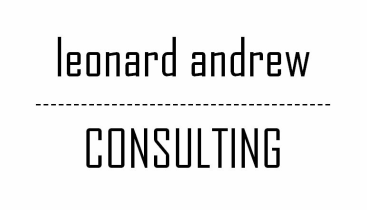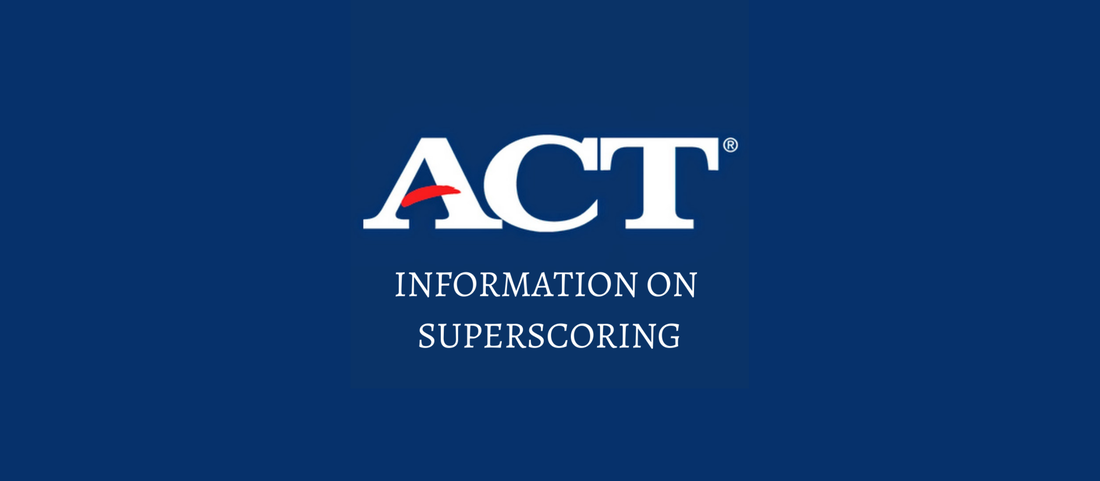
Almost 3 months after oral arguments were held for NCAA vs. Alston, the Supreme Court, in a major 9-0 ruling, rejected long-standing NCAA regulations against colleges giving academic-related benefits to student-athletes. According to The New York Times, the Supreme Court unanimously held that the NCAA’s policies against student-athletes receiving compensation violated federal antitrust laws, and that the possibility of college-athletes receiving academic-related compensation did not taint the amateurism usually associated with college athletics (Liptak, “Supreme Court Backs Payments to Student Athletes”). Justice Neil Gorsuch issued the opinion of the Court, writing that, “The NCAA accepts that its members collectively enjoy monopoly power in the market for student-athlete services, such that its restraints can (and in fact do) harm competition”, which the Court found to be illegal under antitrust law (Gorsuch, “The Opinion of the Court: NCAA v. Alston”).
NCAA vs. Alston is not the be-all, end-all judgement on the debate of amateurism in college athletics. As The New York Times writer Adam Liptak stated in his report on the case, the Supreme Court’s decision does not answer the question of whether college athletes can be paid, and as Justice Gorsuch noted in the Court’s opinion, it is not intended to. Rather, the Supreme Court’s decision is highly significant because of the pushback against the NCAA’s historic rejection of such benefits to student-athletes. Forbes’s Marc Edelman opines that Justice Brett Kavanaugh’s concurring opinion suggests “that many other NCAA rules may one day similarly fall under antitrust law” (Edelman, “As Earlier Predicted, U.S. Supreme Court Rules Against NCAA, 9-0”). As the ongoing debate over NIL legislation and federal NIL bill continues, the Supreme Court’s decision in NCAA vs. Alston may prove influential for its rejection of the NCAA’s emphasis on amateurism. While Justice Gorsuch notes that the primary question in the decision was whether the NCAA’s policies violated antitrust laws, he also notes the importance of the supposed amateurism in college athletics on the decision in his opinion. Most significantly, the Court’s decision in NCAA vs. Alston seems to assert that the NCAA’s emphasis on amateurism in its athletics are not enough to outweigh antitrust law.
This, of course, holds major implications for the debate on NIL legislation. Despite the NIL laws of many states set to go into effect on July 1st, the federal government has stalled in its attempts to pass a federal NIL bill. However, with the Supreme Court’s recent decision calling long-standing NCAA policy on student-athletes and amateurism into question, the stage may be set for a dramatic legal showdown on the permissibility of the NCAA’s rules on NIL profiting and various states’ rejection of these rules. Ultimately, all of these events will have wide-ranging effects on prospective student-athletes and the college recruiting process at large, the true effects of which remain to be seen. One thing is for sure; the recruiting process is going to change immensely. From this point forward, college athletic programs may have more to offer prospective student athletes than a roster spot.
Sources Used;
- Gorsuch, Neil. “Opinion of the Court: NCAA vs. Alston”. Supreme Court of the United States, 21 June 2021. https://www.supremecourt.gov/opinions/20pdf/20-512_gfbh.pdf
- Edelman, Marc. “As Earlier Predicted, U.S. Supreme Court Rules Against NCAA, 9-0.” Forbes, Forbes Magazine, 21 June 2021, www.forbes.com/sites/marcedelman/2021/06/21/as-earlier-predicted-us-supreme-court-ru les-against-ncaa-9-0/?sh=496b5f5f824b.
- Liptak, Adam. “Supreme Court Backs Payments to Student-Athletes.” The New York Times, The New York Times, 21 June 2021, www.nytimes.com/2021/06/21/us/supreme-court-ncaa-student-athletes.html



 RSS Feed
RSS Feed